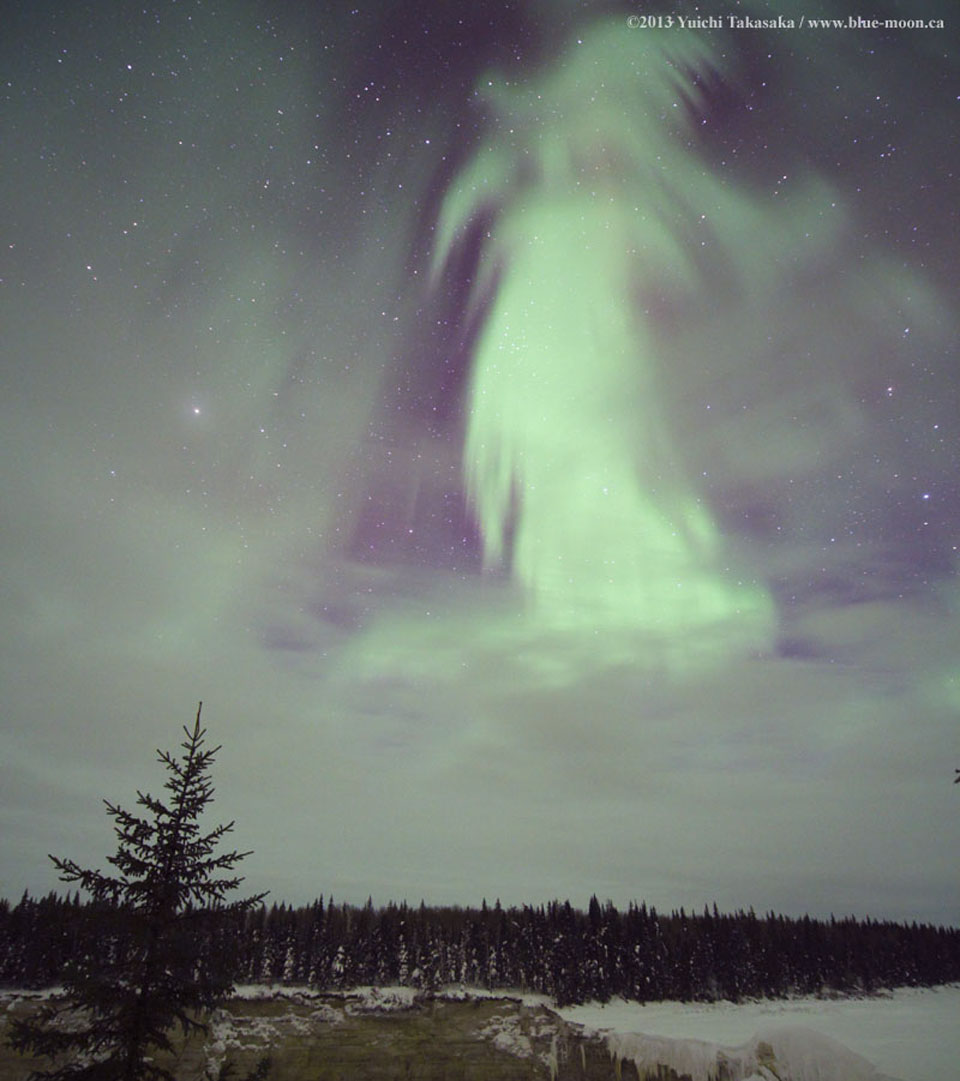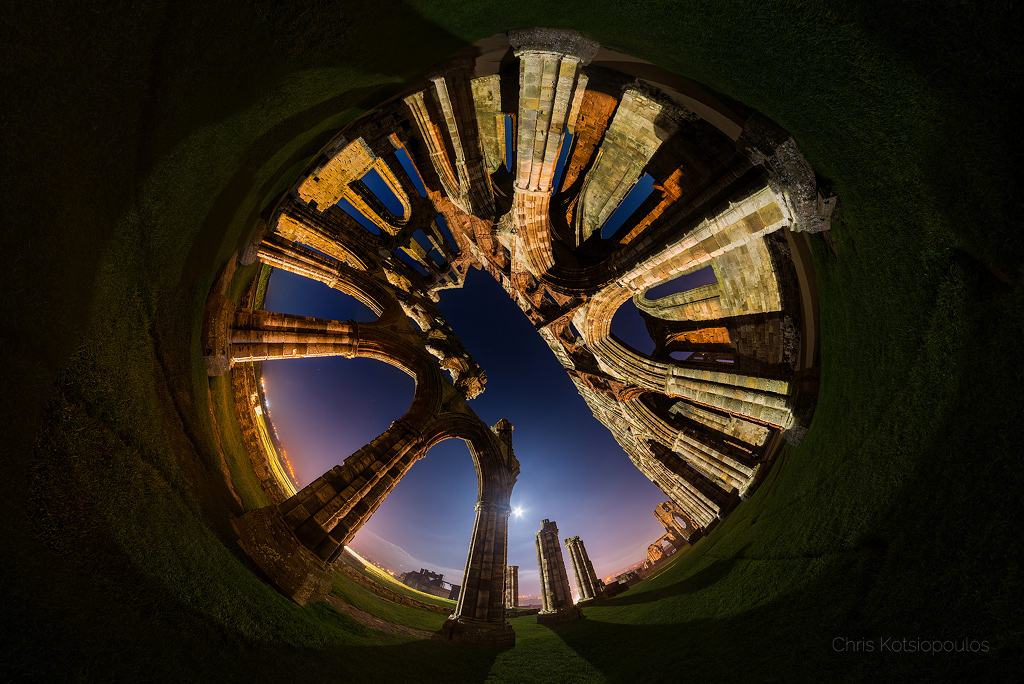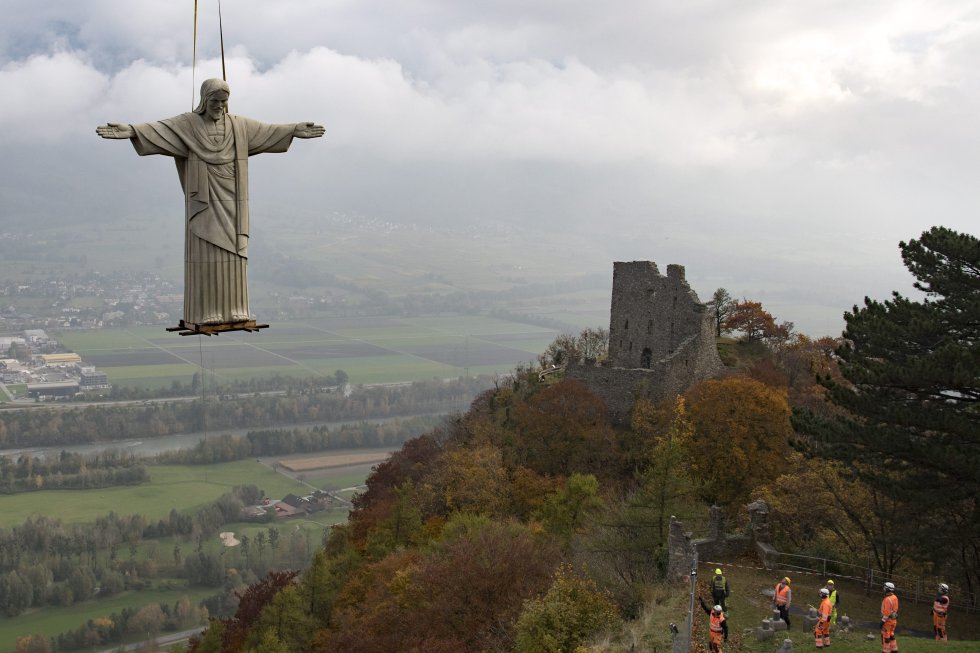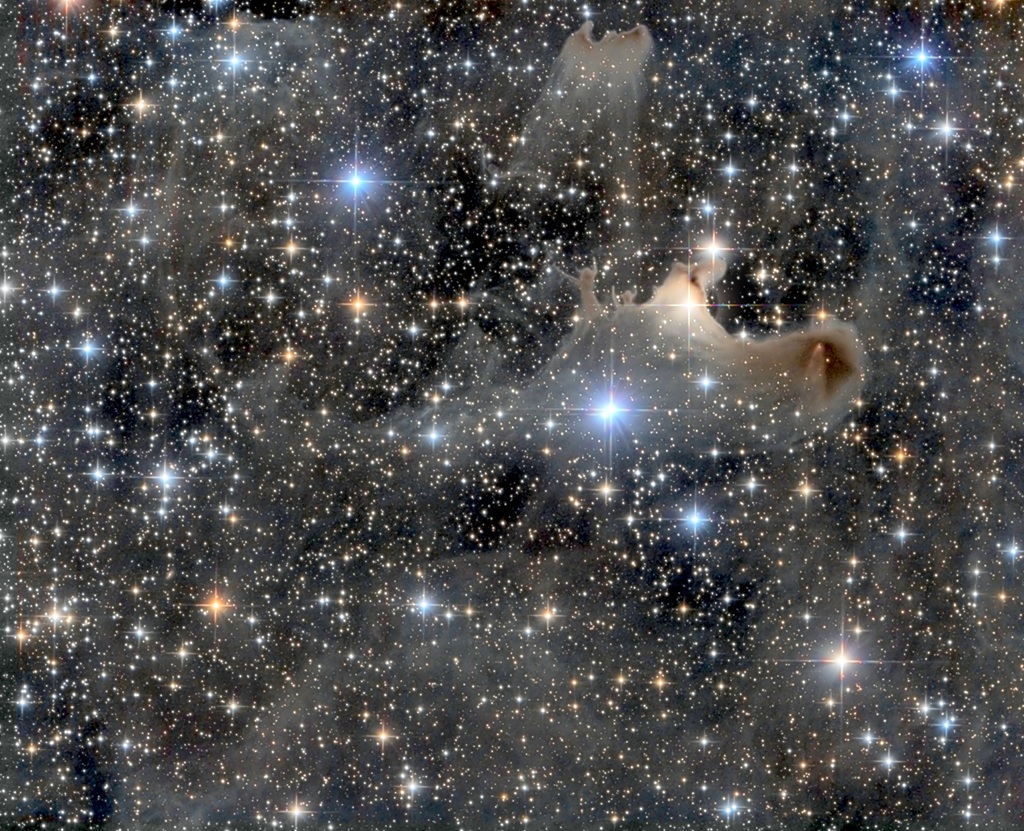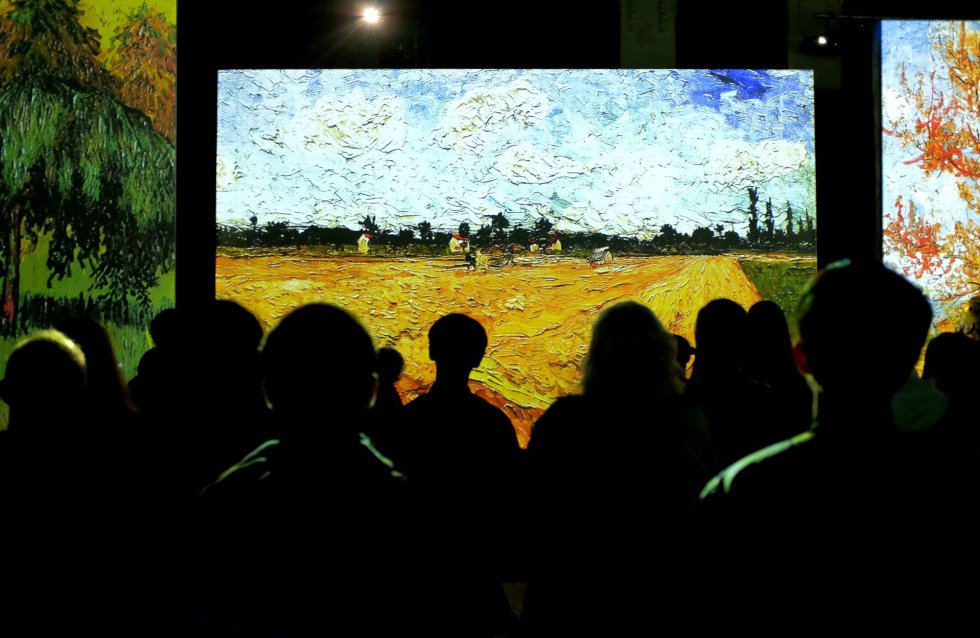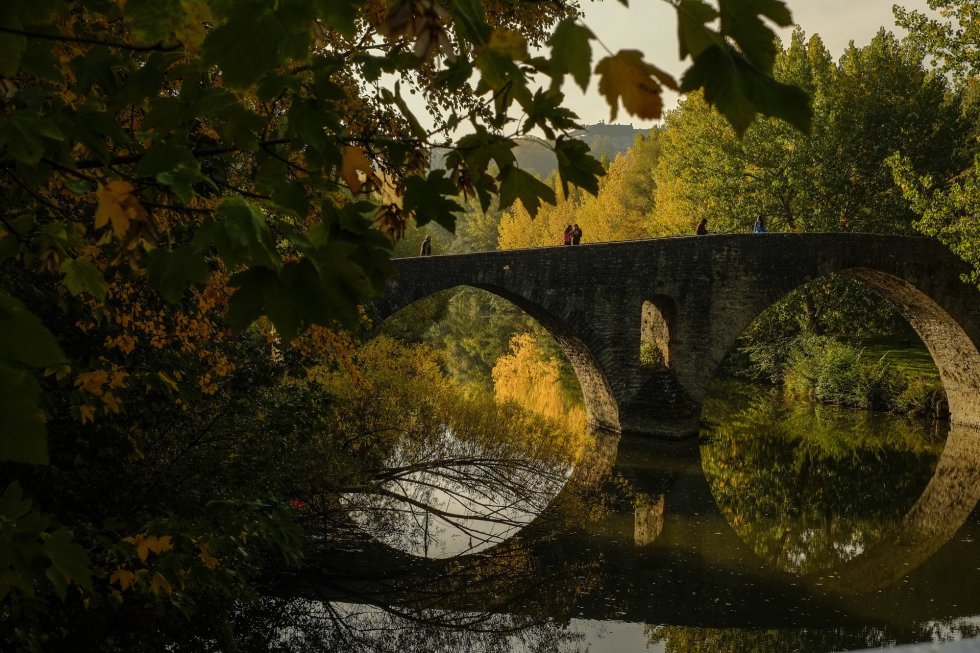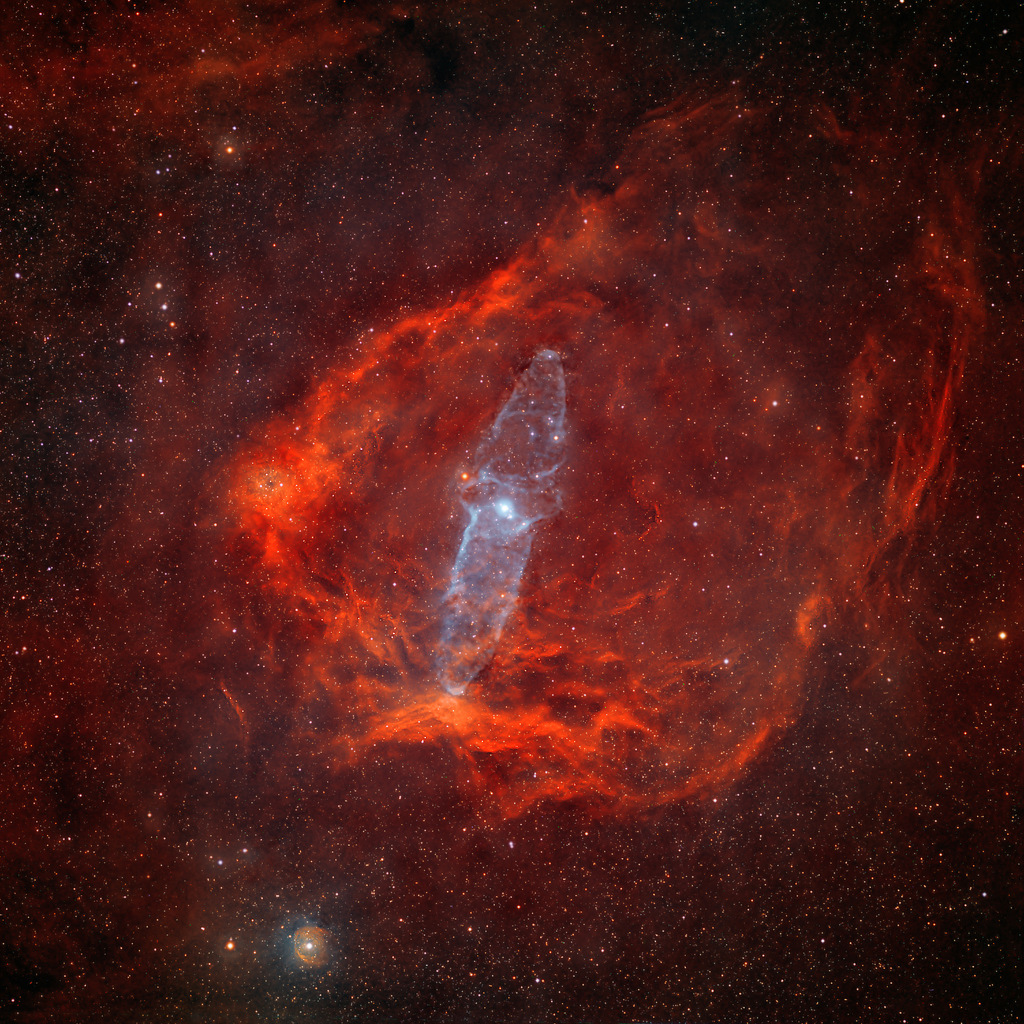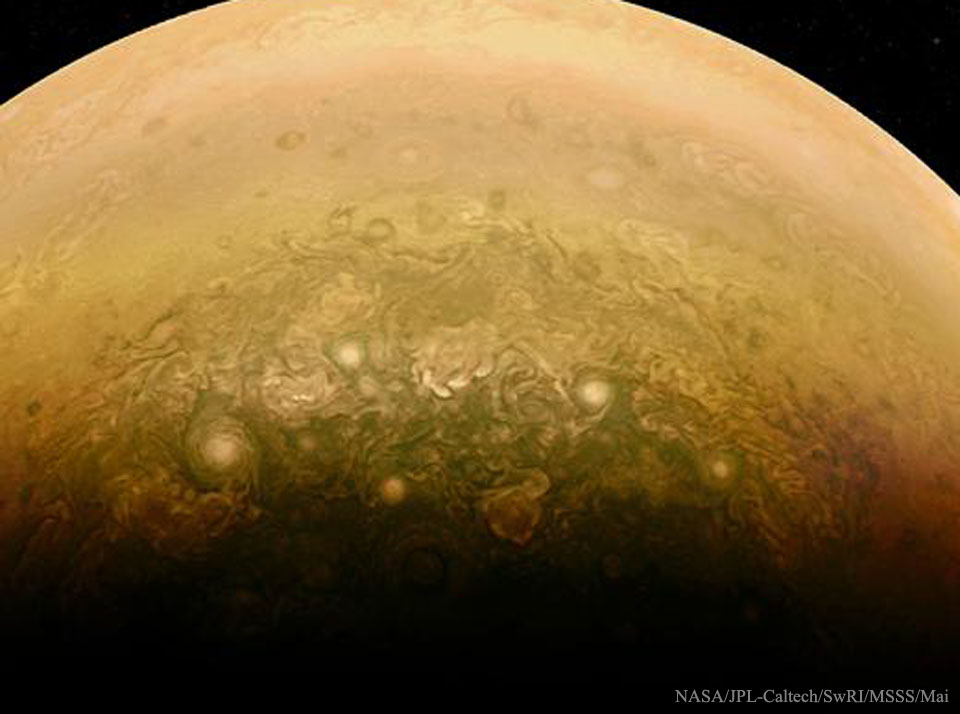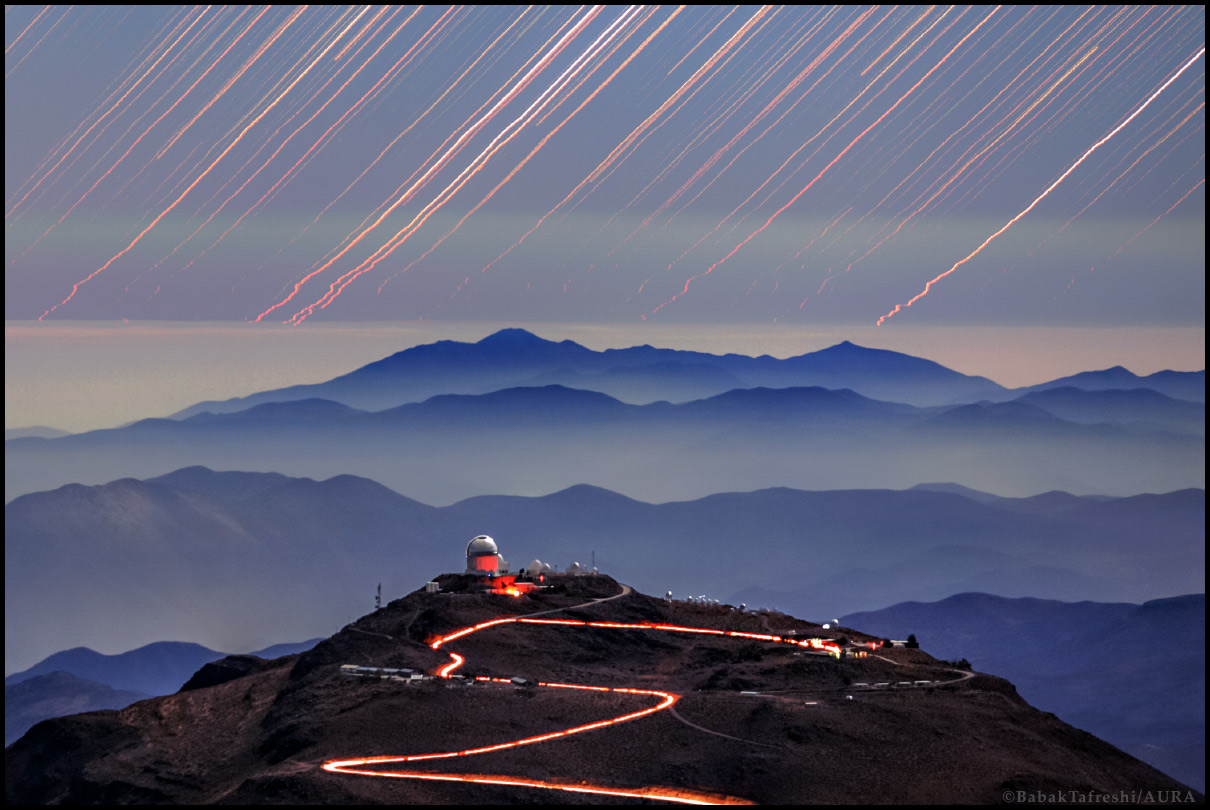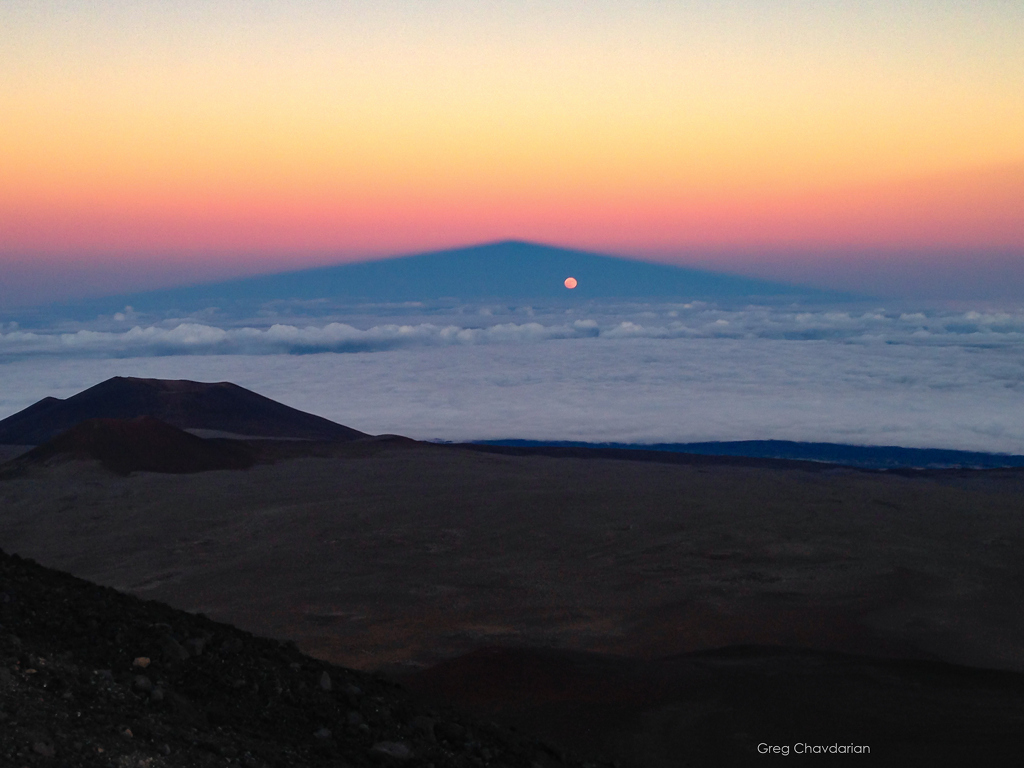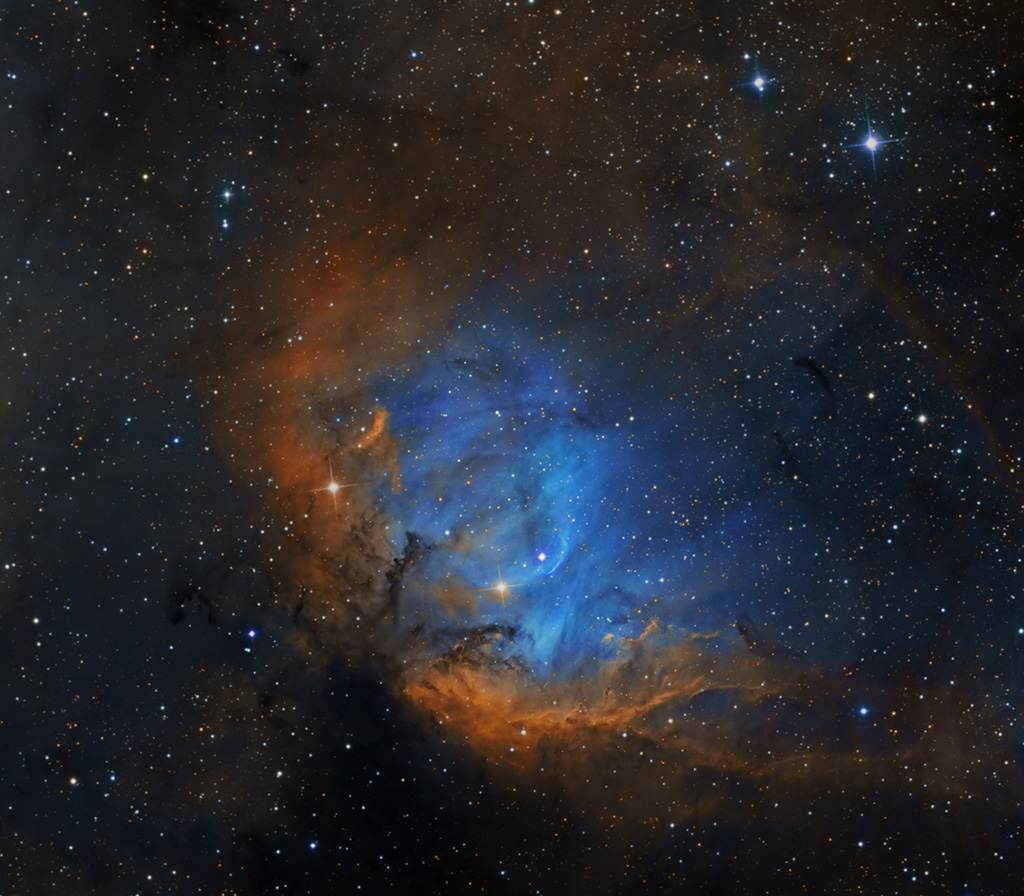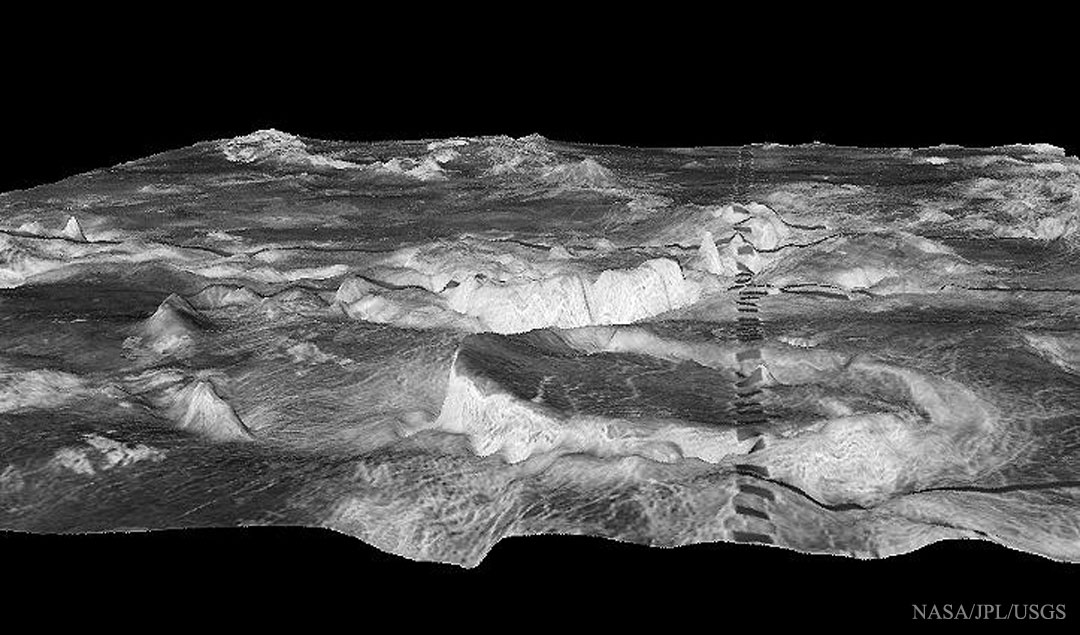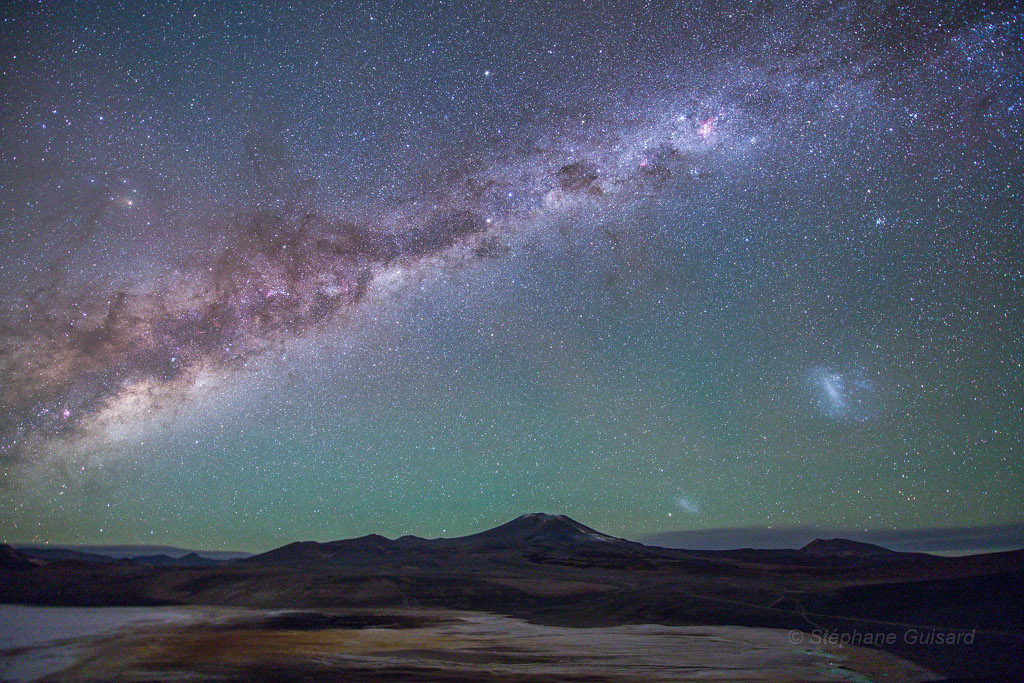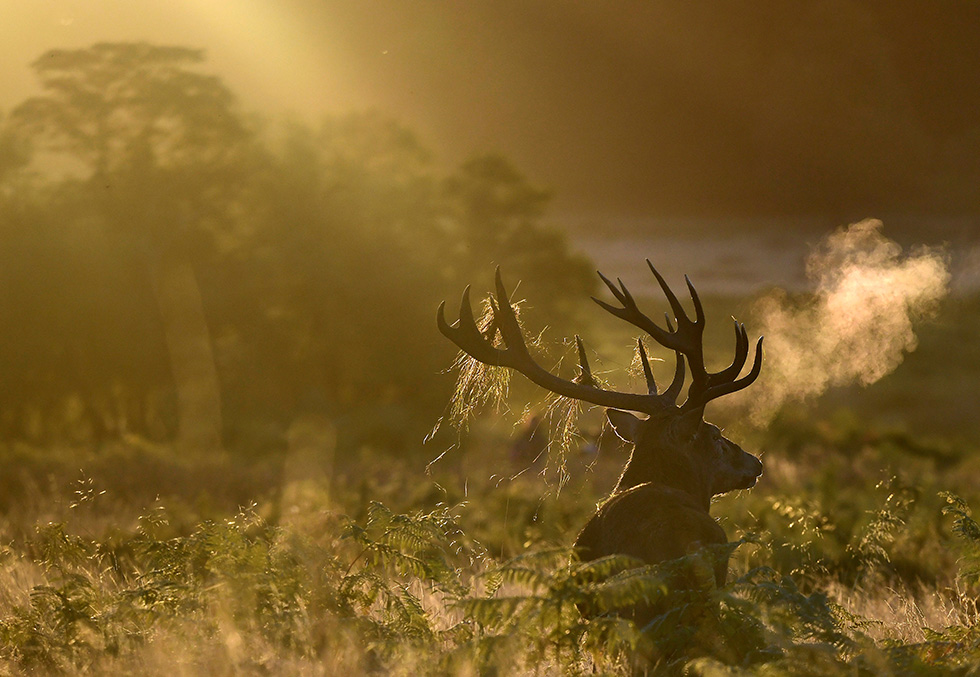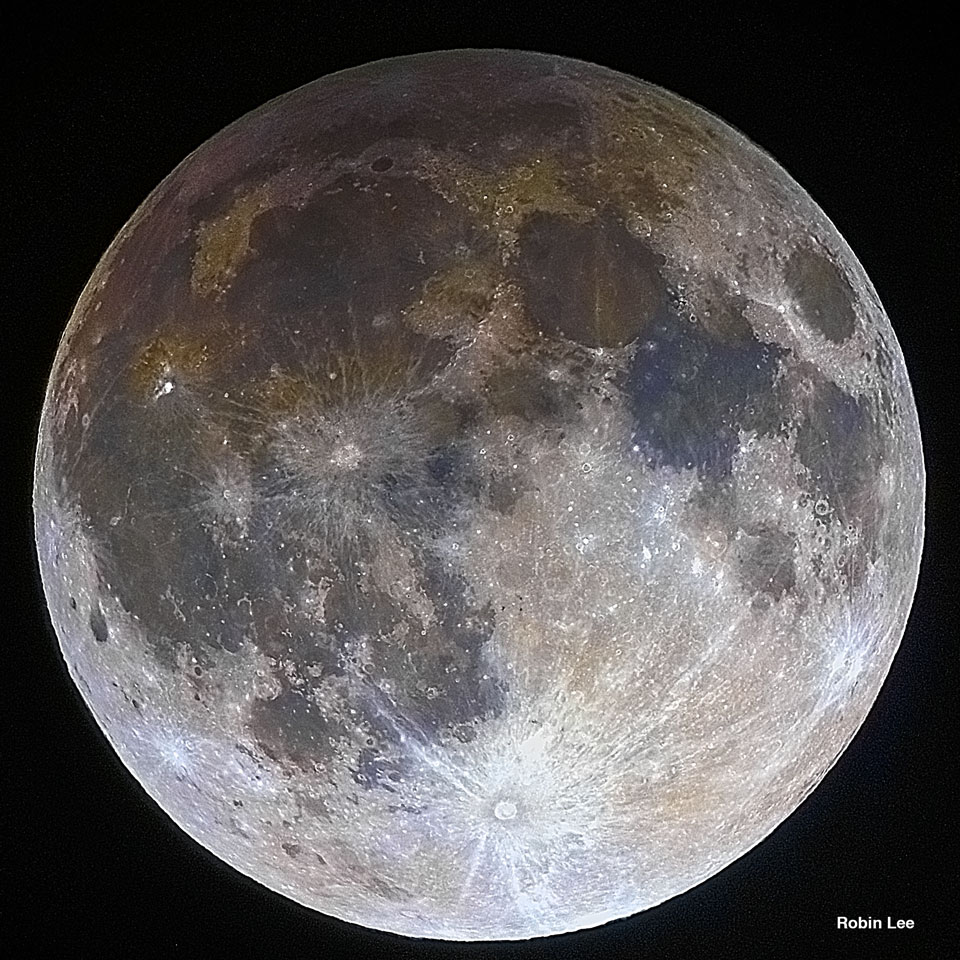A noble residence, built in 1740 on Rua da Junqueira in the Belém district, is now occupied by Lusíada University. It maintains a small chapel from 1740, with beautiful tile panels depicting Christ's crucifixion, and four stucco medallions on the ceiling with the images of the four Evangelists. In order to see these works of art that very few get to see, join the Thursday Mass at 1:10PM.
Uma casa nobre na Rua da Junqueira em Belém, construída em 1740, é hoje ocupada pela Universidade Lusíada. Mantém uma pequena capela, de 1740, com belíssimos painéis de azulejos ilustrando a crucificação de Cristo, e quatro medalhões no teto com as figuras em estuque dos quatro Evangelistas. Para poder admirar estas obras que muito poucos conhecem, assista à missa às quintas-feiras, às 13H10.


